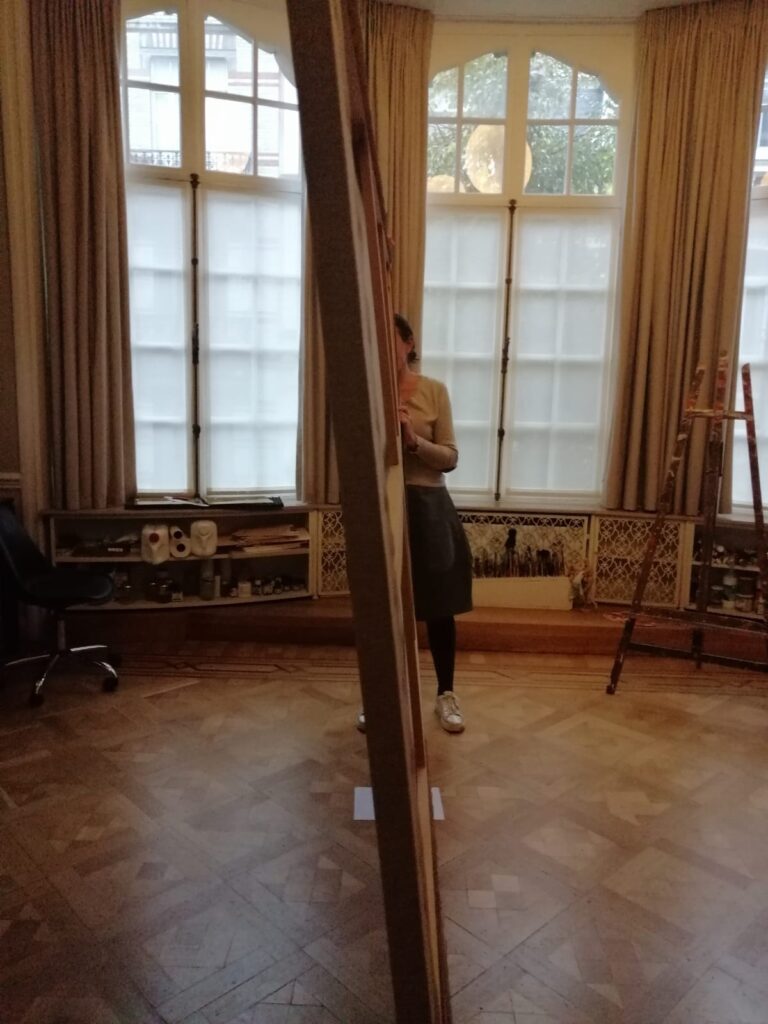Bref aperçu de Guillaume Bottazzi – Brief overview Artworks

Actualités – News
MCAV – Guillaume Bottazzi is performing in live
Art in situ, Malachite color in Malakoff
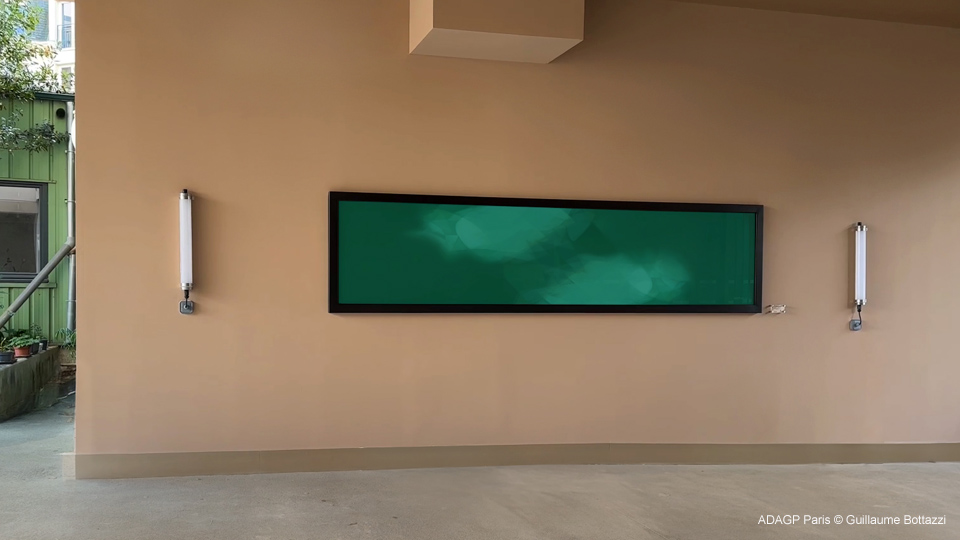
Reissue: Gift idea “Little Geniuses of Modern Art: Workshops and Original Ideas”
Disponible : FNAC, Furet, Decitre, Cultura
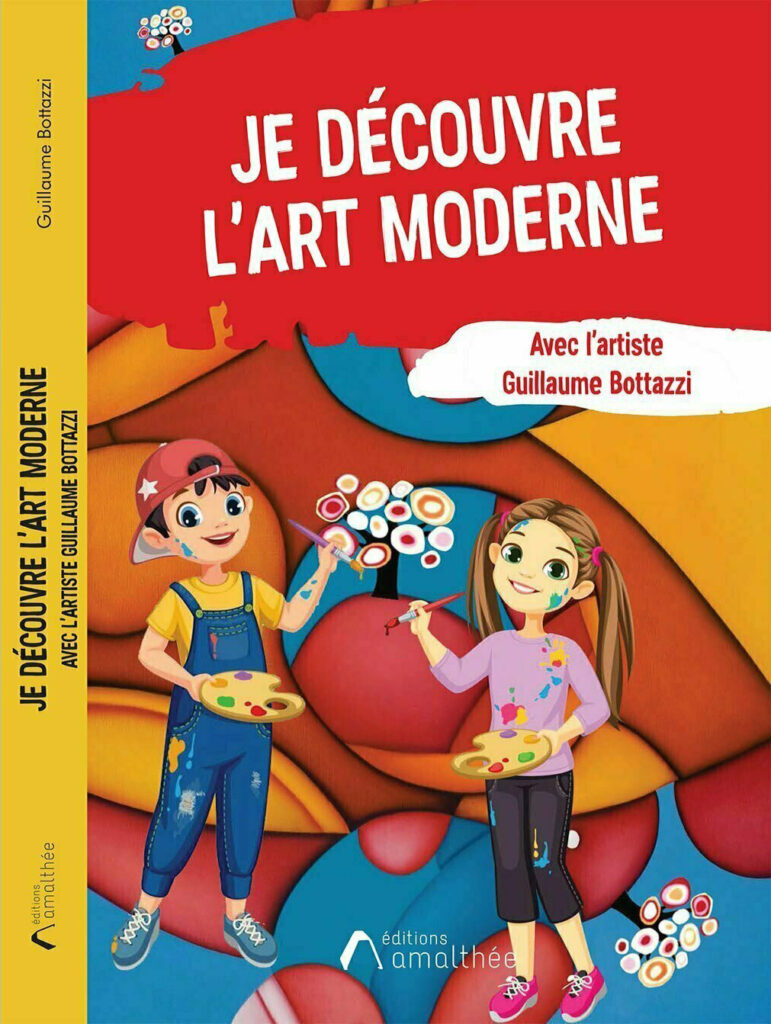
RTBF – Culture – Is that art?
“Colors that are good for the brain, is that art?”
Journalist Marion Jaumotte
MCAV “Guillaume Bottazzi changes the paradigm of art”

For those who are not yet familiar with him, Bottazzi’s works are characterized by abstraction with floating forms, successive layers of transparent colors, and spaces that seem to refer to elements beyond his works.
This artist is a pioneer in applied neuroaesthetics: the idea that art influences our emotions, cognition, and even our well-being. He creates numerous in situ interventions—in architecture and public spaces—rather than simple paintings for galleries. He has created more than 180 works in public spaces in Europe, Asia, and the United States. Among his major commissions, you can see a 150 m² polyptych in Paris La Défense, visible from the Grande Arche and labeled “Paris 2024”; a 16 m high fresco in Brussels, installed in Place Jourdan, in collaboration with the European Commission; and a “Maison de Création” in a listed building, where specific works are exhibited. He is represented by a major gallery in Japan, the Itsutsuji Gallery (Tokyo). French artist Guillaume Bottazzi created a monumental work for the Miyanomori Art Museum (in Sapporo, Hokkaido, Japan), which is often presented as the largest painting in Japan to date.
In 2011, the Miyanomori Art Museum (often abbreviated to MIMAS) gave Bottazzi carte blanche to create an “in situ” work covering the entire exterior of the museum.
This project was part of an event called Hope 2011, organized after the March 2011 earthquake and tsunami in Japan. The idea was to mark reconstruction, hope, and resilience.
The museum (Miyanomori) already has a significant collection, including works by Jasper Johns, Lee Ufan, Lucio Fontana, and others.
The work covers 900 m² of surface area, making it one of the largest murals in Japan to date.
It is painted on the facades of the museum building—it is not simply a hanging painting, but an “in situ” intervention.
Bottazzi’s style for this work (and others) features abstract forms, transparent layers, visual softness, and light effects that invite contemplation—it falls within what is sometimes referred to as “neuroaesthetics.”
Significance & impact
This work is a symbol of renewal after the 2011 disaster. By involving an international artist in this project, the museum and its partners sent a powerful message of gratitude, reconstruction, and hope. It places Guillaume Bottazzi within a large-scale public art movement, combining architecture and urban space, and allows a wide audience to experience art outside the traditional setting of galleries. “The Largest Painting in Japan” reinforces its international visibility and shows how contemporary art can be integrated into the Japanese urban and museum landscape. The museum: Miyanomori Art Museum is located in Sapporo (Hokkaido, Japan). The building and its intervention are part of the history of Japanese contemporary art, but also of public and museum space. For visitors, this work can be seen as a large mural panorama on the building, but also as a moment of connection between art, architecture, and the environment. The artist’s official website states that he receives public and private commissions “from museums such as the Mori Art Museum, the City of Tokyo, and the Tokyo Metropolitan Government.” The 100 m² work was created in 2010 and is located in the heart of Tokyo. The skyscraper mentioned is a redevelopment project in the Toranomon district.Guillaume Bottazzi created works that were incorporated into the Ark Hills Sengokuyama complex in 2012. The museum (Mori Art Museum) plays a role in selecting or commissioning public artworks through its developer (Mori Building). The museum building is located in Tokyo’s Roppongi district. These commissions are a testament to Guillaume Bottazzi’s recognition in Japan and his ability to work on a large scale in Japanese urban and architectural spaces.
This shows that Guillaume Bottazzi is not limited to galleries, but also participates in urban planning, public art, and major architectural projects. The fact that institutions such as the Mori Art Museum and the Mori Building are involved in his projects results in permanent works that are visible in the city, rather than just temporary exhibitions. The Japanese context, marked by post-2011 reconstruction and urban modernization, provides fertile ground for “in situ” works such as those by Guillaume Bottazzi. The artist received an official commission from the City of Tokyo and the Mori Art Museum as part of a large-scale public art program conducted with Mori Building Co. Ltd., a major player in urban planning and contemporary art in Tokyo. In 2010, he received a commission for a monumental 1,000-square-foot work in the heart of Tokyo, initiated by the Tokyo Metropolitan Government, the National Art Center Tokyo, the Suntory Museum of Art, and the Mori Art Museum. In 2012, he received a commission for the Ark Hills Sengokuyama skyscraper (Toranomon district), initiated by the Mori Art Museum. These projects consolidated his artistic presence in Japan, already marked by the 900 m² fresco at the Miyanomori Art Museum in Sapporo. His work in Tokyo illustrates his approach well, creating an abstract and immersive painting designed to interact with the architecture and positively influence the perception and well-being of passersby. Guillaume Bottazzi has also received commissions from French ministries, including the Ministry of Culture, the Ministry of Education, and the Ministry of Health. Since the 2000s, he has been developing a sensory and cognitive art form that aims to generate well-being through painting. His works are abstract and soft, without aggressive lines, using superimposed transparent glazes that create floating effects, elicit slow and soothing eye movements, and provoke a positive emotional response (pleasure, serenity, curiosity). In other words, the artist paints to positively influence the human brain. Her work is recognized and supported at an institutional level in France—not only by cities and museums, but also by the state.This reinforces the “public art/heritage” aspect of his work—an artist working in spaces subject to public tenders and public commissions from the government. The fact that the Department of Health is among the commissioning bodies is consistent with his theme of neuroaesthetics (art, well-being, environment), a very prominent angle in his work and at the very heart of his approach.
Guillaume Bottazzi is a pioneer of applied “neuro-aesthetics” and “neuro-art,” two approaches that connect art, perception, and well-being. This is why his works can be found in public spaces, on the walls of buildings, in schools, hospitals, museums, but also in work environments (La Défense, Brussels, Tokyo, etc.) and in communal living spaces, where they can have an impact on thousands of people every day. Several studies and articles (notably on Muuuz.com, Fifty & Me Magazine, and the Japan Art Foundation) highlight that his monumental murals reduce feelings of urban stress, promote concentration and contemplation, and improve collective well-being. This is why Guillaume Bottazzi is often presented as the pioneer of “neuro-art,” an art form that promotes social and emotional well-being.rt can transform our mental and emotional state. By modulating light, color, and form, Bottazzi seeks to stimulate the areas of the brain associated with pleasure, relaxation, and curiosity.
The elements of his style that affect the brain:
Visual element → Effect on perception → Neuropsychological effect
Soft, floating shapes → Slow eye movement, absence of visual aggression → Activation of the prefrontal cortex → Cognitive relaxation
Transparencies and glazes → Visual depth, illusion of lightness → Activation of dopaminergic circuits → Aesthetic pleasure
Warm, nuanced colors → Sense of harmony and warmth → Stimulation of the amygdala → feeling of security
Absence of figurative references → Invitation to daydream → Activation of the default mode network → imagination and introspection
Monumental scale → Physical and sensory immersion → Activation of the prefrontal cortex → cognitive relaxation
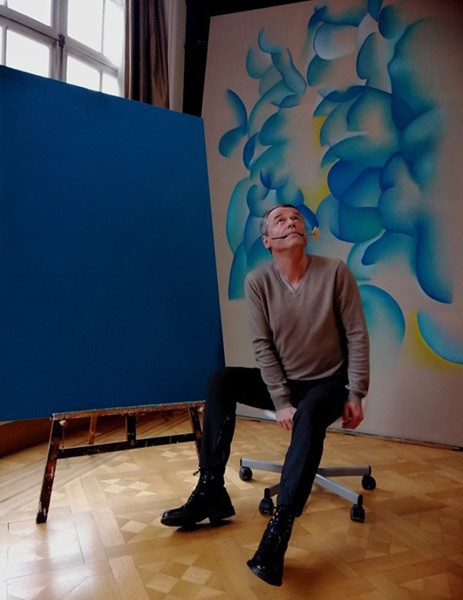
MCAV “Guillaume Bottazzi change le paradigme de l’art”
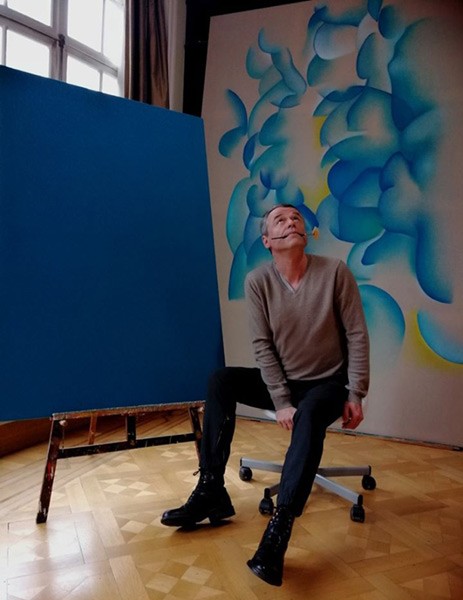
Guillaume Bottazzi has worked with our teams to produce 183 iconic commissions, which are permanent works of art in specific locations
(note: these are not just exhibitions), and he has received commissions for 48 permanent works of art in specific locations, which will soon be on display for all to enjoy.
Your Brain: Who’s in Control? | Full Documentary | NOVA | PBS
model for a 3-meter-high environmental sculpture in Paris
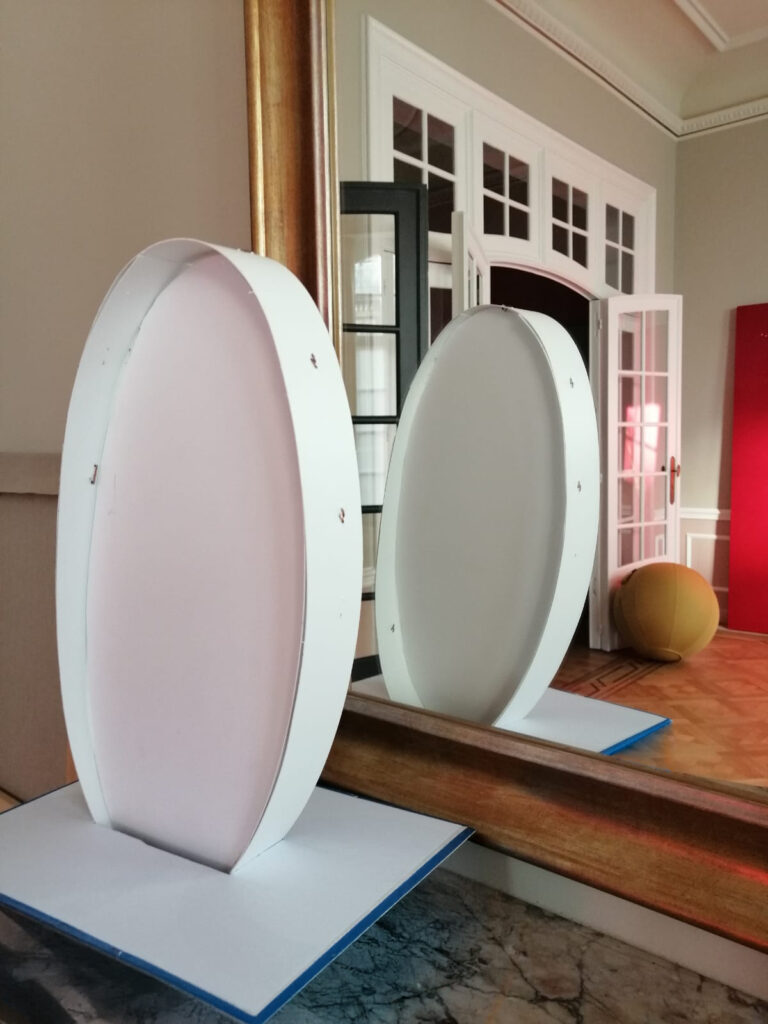
In progress – Simulation of the tilt of the next sculpture in Paris
